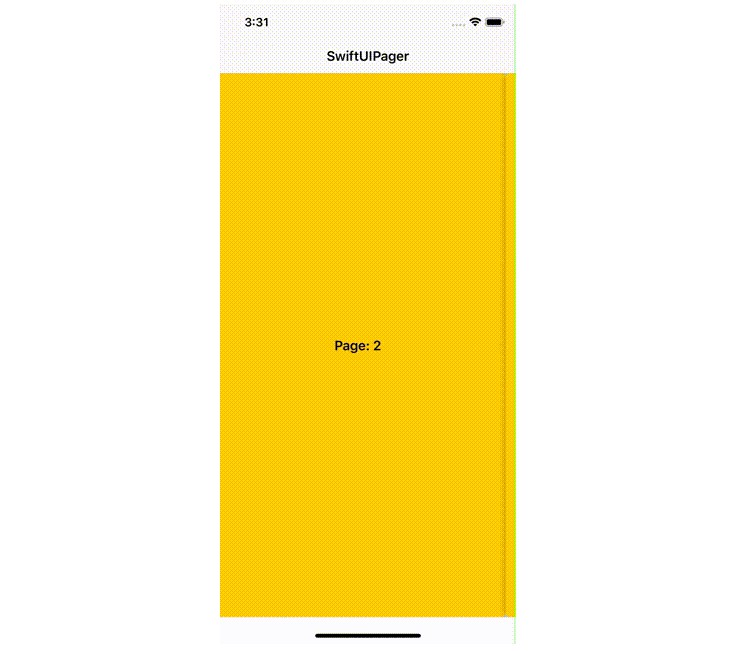

If you want to apply the same background color to every tab, you can group all tabs under Group and apply toolbarBackground on that Group. Use Group to specify the same preferred background for every tabĪpply toolbarBackground to all child views is quite repetitive and error-prone. ToolbarPlacement: The bars to place the style in. ShapeStyle: The style to display as the background of the bar. toolbarBackground accepts two parameters. Make sure you apply toolbarBackground to a child view, not a TabView. TabView Apply toolbarBackground to all tabs. To change a tab bar background color in SwiftUI, you apply toolbarBackground modifier to the child view of TabView. We are graduating the updated button styling for vote arrows. AI/ML Tool examples part 3 - Title-Drafting Assistant.
#TABVIEW SWIFTUI CHANGE TITLE COLOR HOW TO#
The above code would produce this in SwiftUI. How to change the placeholder color of the TextField 142. principal with content that you want to show as a title view. Currently I can make the tabview bar clear with the below code in the init. toolbar modifier to a root view of NavigationView. I am trying to see if I can make the color of the bottom tabview change depending on which tab item is selected.
In this example, we set the tab bar background color of the first tab ("Home") to pink. Text('Hello, SwiftUI') <1> Because this is a customize of navigation bar title, a view needs to be embedded inside a NavigationView.Since we want to change the color for a tab bar, we will set this to.

ToolbarPlacement: The bars to place the style in.ShapeStyle: The style to display as the background of the bar.ToolbarBackground accepts two parameters. To change a tab bar background color in SwiftUI, you apply toolbarBackground modifier to the child view of TabView. toolbarBackground Customize tab bar background color. It differs from the earlier UIKit-based Storyboard apps in that here, easy-to-use Views help you develop apps more quickly with widgets.SwiftUI resembles Flutter, which has customized widgets to create everything.In iOS 16, SwiftUI got a way to change the bottom tab bar ( TabView) background color with the new modifier. Now, SwiftUI is the new way to create an iOS app that Apple is pushing developers to adopt. TabView, a feature available in the latest SwiftUI, lets you easily create a tab bar in an iOS app. Settings View: This is the theme selection View. This is the settings View with the different options and the currently selected theme is the default one, hence why the navigation title is already red. And you’ll also integrate different screens into the project. By selecting one of them every icon and navigation back buttons foreground color changes to that color dynamically, using an environment object. black // For background color UITabBar.appearance ().standardAppearance tabBarAppeareance. gray // For line separator of the tab bar tabBarAppeareance.backgroundColor. You’ll create a simple SwiftUI project with a tab. Then you can configure it with a UITabBarAppearance () object, for instance like so: let tabBarAppeareance UITabBarAppearance () tabBarAppeareance.shadowColor. In this post, you’ll learn about TabView, with which you can easily create tabs. Clicking any of them will take you to a different screen. For example, take the Instagram iOS app, which has Home, Search, Video, Notifications, and Profile tabs. In iOS, the most common is a bottom tab one click of each tab icon will show a different screen. One of the most popular ways to create an app with different multiple areas of content is to have tabs.


 0 kommentar(er)
0 kommentar(er)
